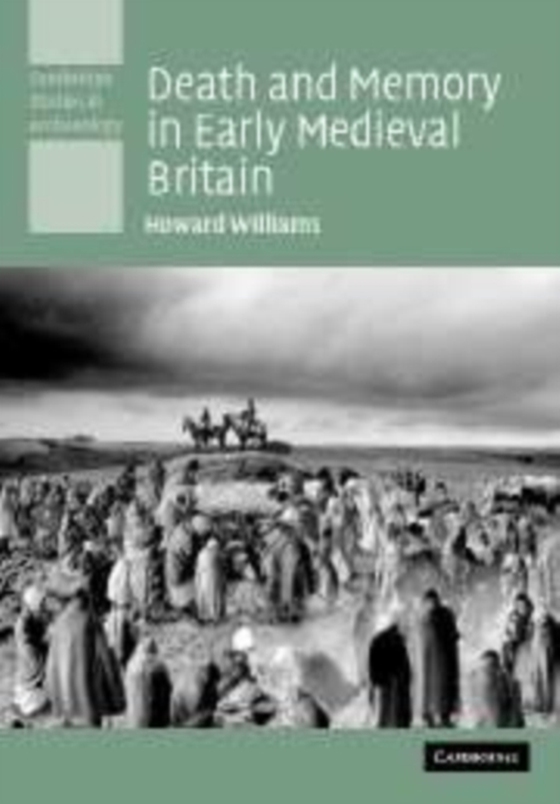
Death and Memory in Early Medieval Britain e-bog
223,05 DKK
(inkl. moms 278,81 DKK)
How were the dead remembered in early medieval Britain? Originally published in 2006, this innovative study demonstrates how perceptions of the past and the dead, and hence social identities, were constructed through mortuary practices and commemoration between c. 400-1100 AD. Drawing on archaeological evidence from across Britain, including archaeological discoveries, Howard Williams presents ...
E-bog
223,05 DKK
Forlag
Cambridge University Press
Udgivet
5 november 2006
Genrer
1DB
Sprog
English
Format
pdf
Beskyttelse
LCP
ISBN
9780511242939
How were the dead remembered in early medieval Britain? Originally published in 2006, this innovative study demonstrates how perceptions of the past and the dead, and hence social identities, were constructed through mortuary practices and commemoration between c. 400-1100 AD. Drawing on archaeological evidence from across Britain, including archaeological discoveries, Howard Williams presents a fresh interpretation of the significance of portable artefacts, the body, structures, monuments and landscapes in early medieval mortuary practices. He argues that materials and spaces were used in ritual performances that served as 'technologies of remembrance', practices that created shared 'social' memories intended to link past, present and future. Through the deployment of material culture, early medieval societies were therefore selectively remembering and forgetting their ancestors and their history. Throwing light on an important aspect of medieval society, this book is essential reading for archaeologists and historians with an interest in the early medieval period.
 Dansk
Dansk

